Ankle Conditions

Moore Balance Brace: Enhance Stability and Prevent Falls for Better Mobility
The Moore Balance Brace improves stability and reduces fall risks, offering lightweight support for balance issues and ankle instability.
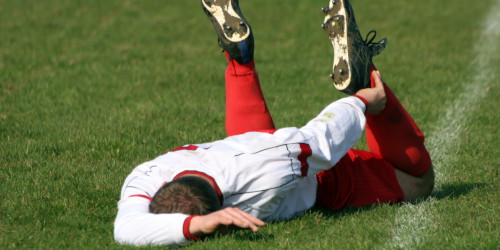
Why Do So Many Pro Athletes Suffer from High Ankle Sprains?
Professional and amateur athletes frequently suffer high ankle sprains. What are high ankle sprains? Why are they so common? How are they treated?
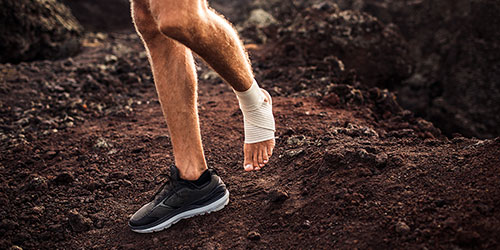
Is Ankle Impingement Syndrome Impacting Your Feet?
The human ankle is a mechanical marvel. But when something goes wrong (like a anterior or posterior ankle impingement) it can be super painful!
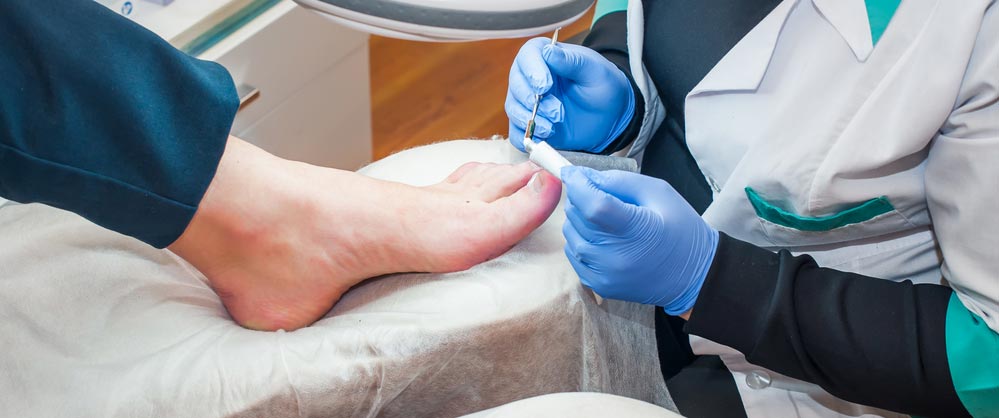
9 Tips to Help Find the Best Podiatrist for Your Foot Care
At some point during your lifetime, you may experience a foot or ankle problem. How do you locate the best resource for foot care? Here’s 9 tips!

Kids’ Feet and Growth Plates: 5 Problems to Watch For
Many troublesome foot and ankle conditions occur in children just as they do in adults. But the bones of growing children haven’t themselves finished growing, so some children’s foot problems require extra attention. What is a child’s growth plate? Sites of active bone growth in children are called growth plates. They exist near the ends […]

Feel Pain En Pointe or on Tippy Toes? Blame Os Trigonum Syndrome!
What’s an Os Trigonum? An os trigonum is a non-utilitarian piece of bone that usually rests peacefully at the back of some peoples’ feet. Ordinarily, an os trigonum is a harmless anomaly. However, if you punt a football, kick a soccer ball, swim using a butterfly kick, or go en pointe as a ballet dancer, […]

Should I See a Podiatrist or Orthopedist for Foot Pain and Ankle Problems?
Unsure whether to see a podiatrist or orthopedist for foot & ankle issues? Learn why a podiatrist may be the best choice for specialized care.

7 Common Foot Problems for Runners
Running is great exercise! However, it’s also hard on your feet and ankles. Learn more about common foot problems for runners and their treatment options!
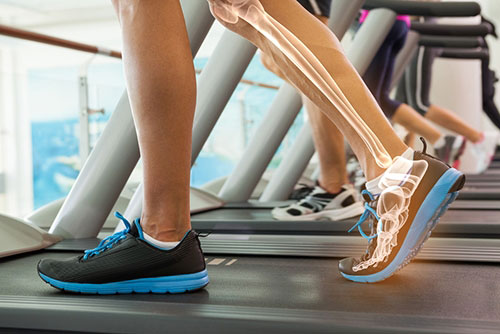
First My Ankle Locks Up. Then It Gives Way. What’s Going On?
Sometimes the ankle machinery misbehaves, it refuses to swivel. Then the next moment, it’s suddenly unstable. Explore what causes ankle instability.
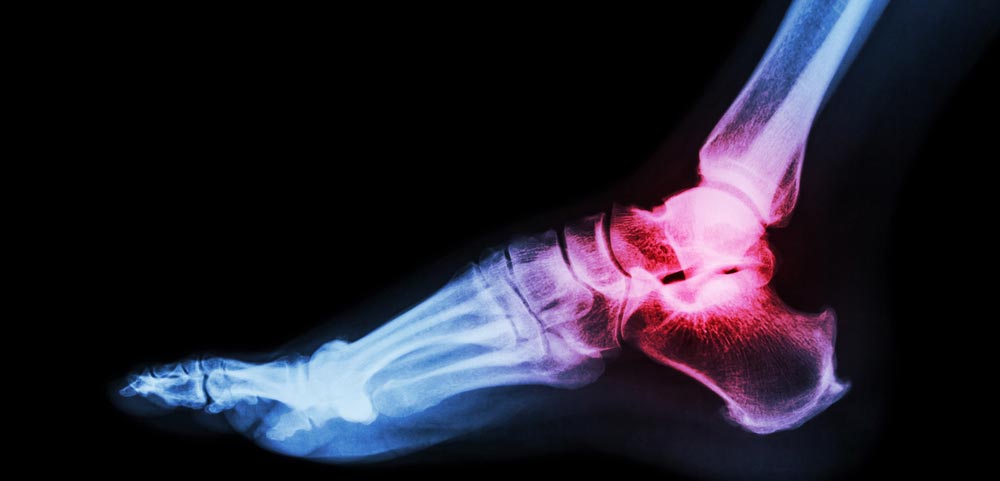
New Treatment for Ankle Arthritis: Advanced Cartilage Replacement
Satisfactory treatment has long been available for early-stage ankle arthritis. And effective procedures, including ankle fusion and total ankle replacement, are available for end-stage ankle arthritis. But one of the last great barriers in the treatment of ankle arthritis has been how to handle moderate ankle arthritis. Until recently, some of the greatest podiatric challenges […]
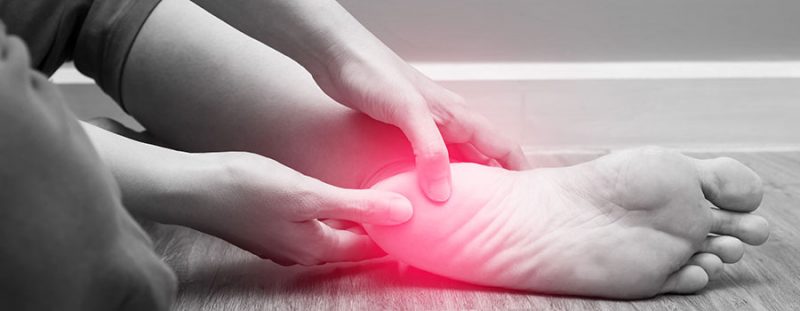
7 Causes of Inner Ankle Pain Revealed!
The ankle is an amazing example of anatomical ingenuity, until it starts hurting. Inside ankle pain indicates several possible problems. Here are a few examples.

Want a Successful Ankle Surgery Recovery? Don’t Race Back to Training!
It’s sad but true, you can’t rush your recovery after having ankle surgery Ankle surgery recovery isn’t a walk in the park (pun intended), but getting back into your regular workout routine doesn’t have to be like a grueling marathon either. It’s a big change to your lifestyle when you’re recovering from a broken ankle, […]